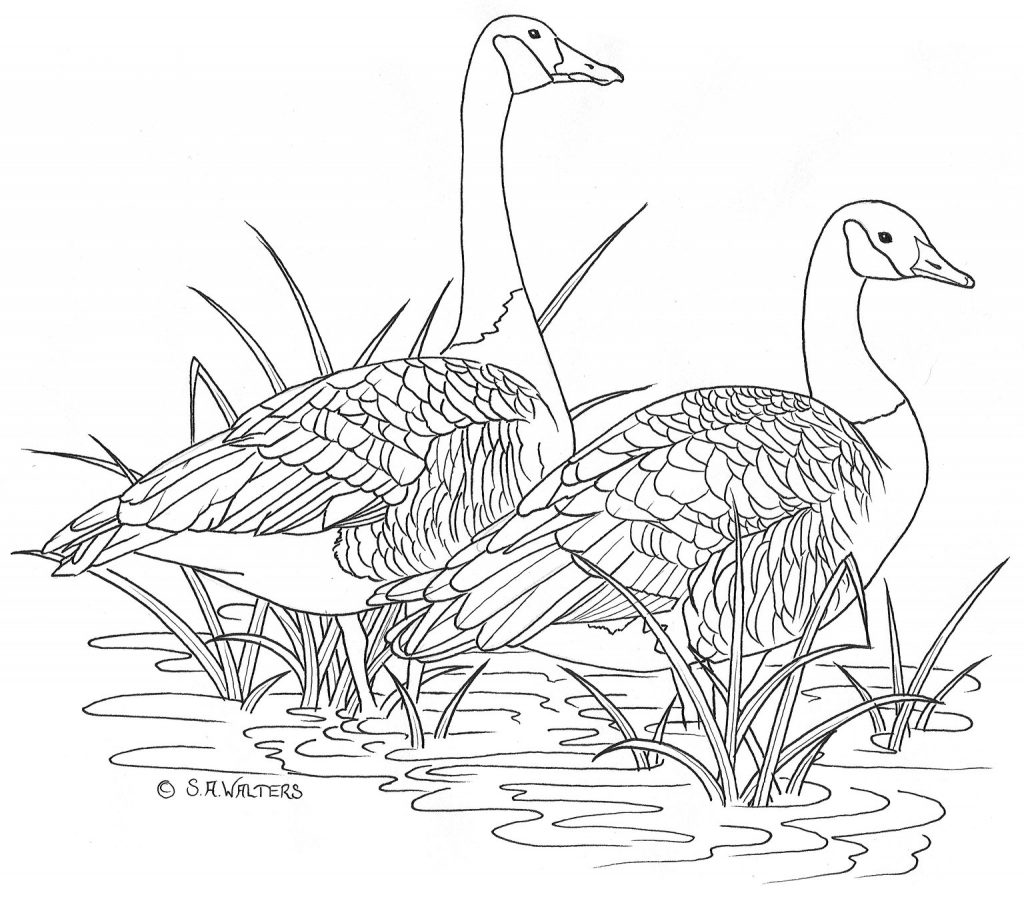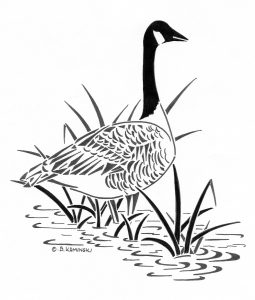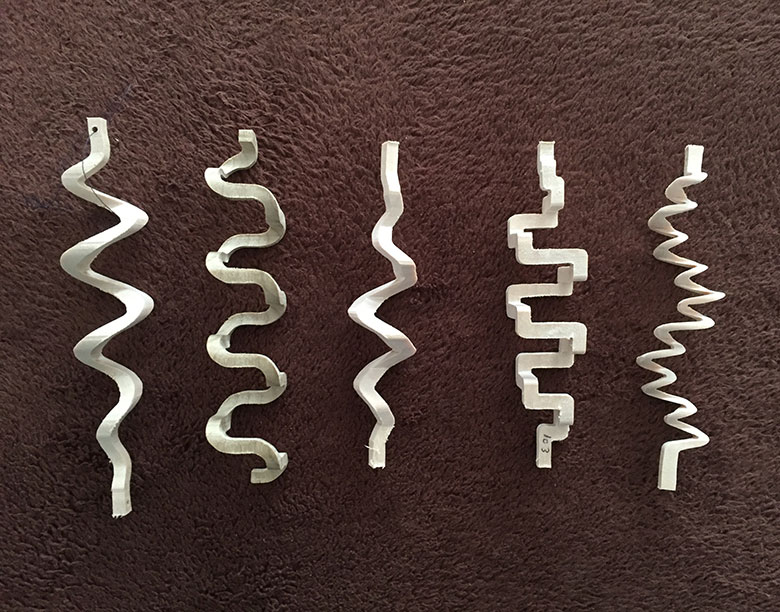Converting a line drawing to a scroll saw pattern
by Sue Walters
To transform a line or shaded pattern into a series of planes or shapes suitable for scrolling, it is best to think in terms of distinctive masses within the picture. These can come in two forms: 1) distinct independent elements, such as body parts and physical items that make up the background, or 2) sections distinguished by a change of color, fur texture and direction, and feather groupings.
In the case of Lakeside View (see Figure 1), an example of a distinct independent element would be a single reed or a ripple of water. An example of a change in feather groupings can be found in various locations on the birds’ backs where the upper back feathers merge into lower back feathers and continue to step down into the tail feathers.
Color distinctions such as the white facial markings can also be found and segmented off to further define the subject and add to the overall picture design. Once these distinctions are recognized, breaking down a pattern into a basic segmented image is not an overly difficult task.
Creating Positive and Negative Space
In order for a scroll saw pattern to be functional and pleasing to the eye, it has to contain both positive and negative space. The negative space is the plane or portion of the wood that is removed and the positive space is the portion of the wood that remains intact. Bridging is the positive space or portions of wood that connect the piece together.
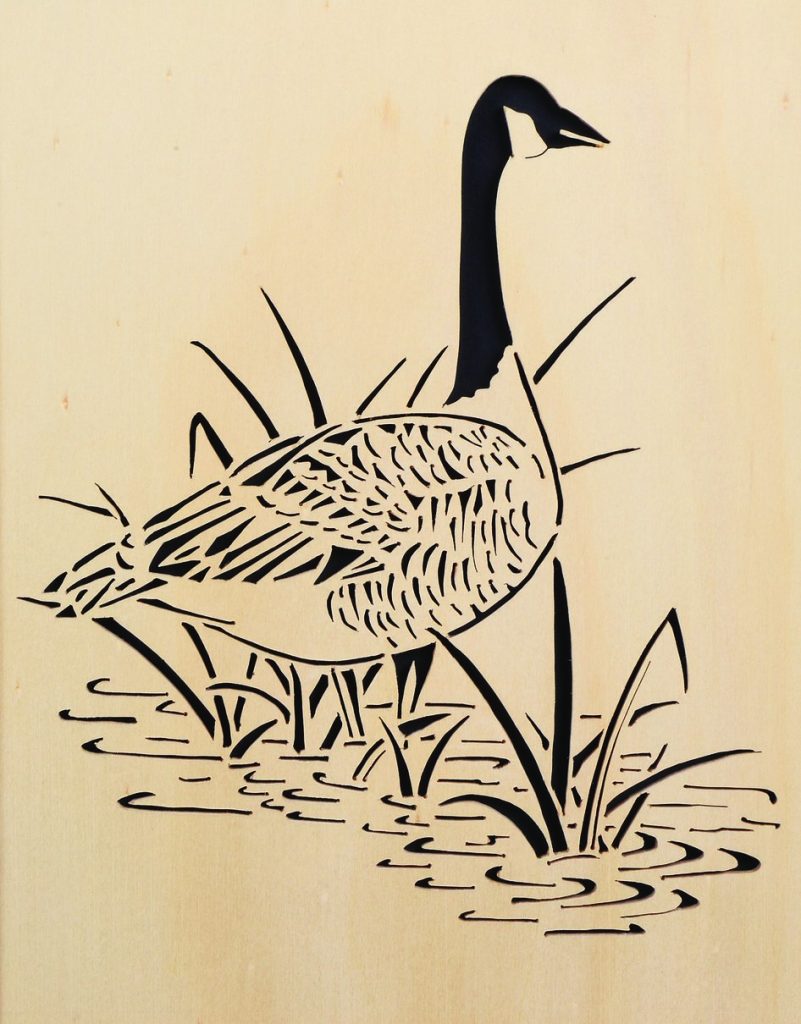
Geometric Plane Patterns
Geometric plane patterns are designed using standard geometric forms—think of triangles for chip carving—to define body parts, feather groups, and other distinct areas of the pattern. Figure 3 shows a segmented geometric plane pattern.
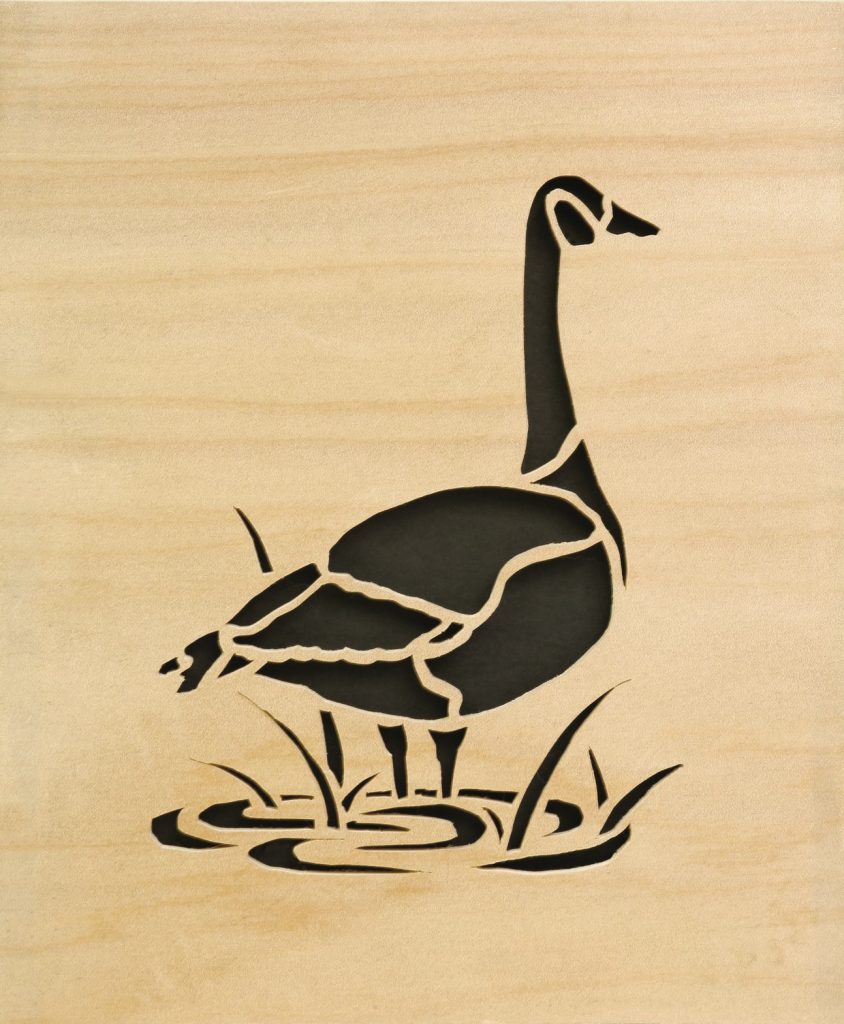
Freestyle Plane Patterns
Freestyle planes follow or outline distinct divisions and groups in a pattern, like body parts or feather groups or background elements. The shapes of the segments are determined by the shapes you are outlining; therefore, they are random in form and follow no standard geometric shape. Figure 2 shows a segmented freestyle plane pattern.
The size and width of the bridges should be relative to the size and shape of the actual segments or planes in your pattern. Always keep in mind that the bridges are just as the name reflects: bridgework that holds your segments together. If they become too fine, or narrow, for the material you are using, you run the risk of breaking through the bridge and losing the dividing factor between two planes. In the same respect, if a bridge is too large, the viewer may lose the suggested connection between the planes.
For a scroll saw pattern, it is obviously very important that the bridges remain intact and structurally sound in order for the cut project to retain its shape. The overall width of any given bridge within the pattern should be kept as uniform as possible in a freestyle plane pattern to achieve a smooth-looking pattern and create a harmonious flow. In a geometric plane pattern, the bridges may vary in size.
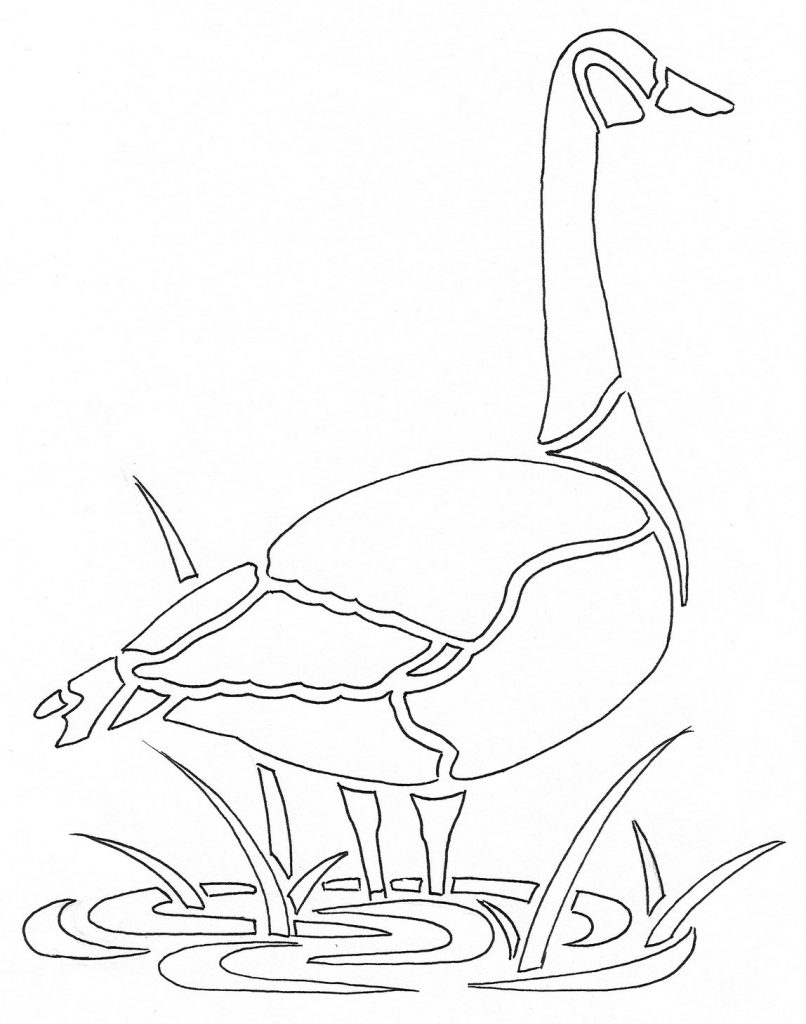
Figure 2. Freestyle plane pattern. (To adapt the original pattern for scrolling, bridgework becomes more important. These joining pieces are functional and keep the finished pieces from falling apart.)
About the Author
 Sue Walters of Victoria, Australia, is the author of Pyrography Workbook and Wildlife Designs. She also writes the “Pyro Newsletter,” a monthly e-mail newsletter full of pyro-graphic updates, tips, and techniques. This is Sue’s second article for Scroll Saw Woodworking & Crafts; her first article was “Burning Realistic Fur” in Fall 2005 (Issue 20). Contact Sue at www.SueWalters.com.
Sue Walters of Victoria, Australia, is the author of Pyrography Workbook and Wildlife Designs. She also writes the “Pyro Newsletter,” a monthly e-mail newsletter full of pyro-graphic updates, tips, and techniques. This is Sue’s second article for Scroll Saw Woodworking & Crafts; her first article was “Burning Realistic Fur” in Fall 2005 (Issue 20). Contact Sue at www.SueWalters.com.
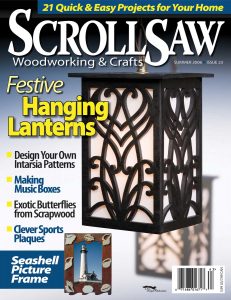 This article was first published in Scroll Saw Woodworking & Crafts Summer 2006 (Issue 23).
This article was first published in Scroll Saw Woodworking & Crafts Summer 2006 (Issue 23).
Discuss this material on the Scroll Saw Woodworking & Crafts forums.


